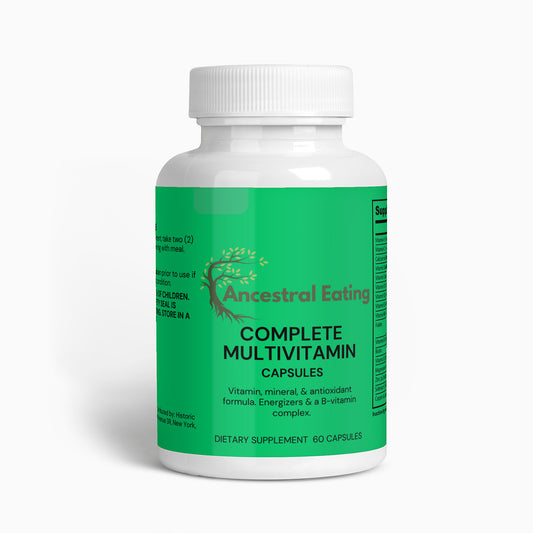Indonesian cuisine is incredibly diverse, reflecting the country's rich cultural heritage, which includes native traditions as well as influences from India, China, the Middle East, and later European colonial powers. Over the last 500 years, Indonesian food has evolved, but many traditional elements remain the same. Here's an overview of the kinds of foods that have been prominent in Indonesia over this period:
Native Ingredients and Pre-colonial Dishes:
- Rice: A staple food in many Indonesian dishes, often served as plain steamed rice or in preparations like Nasi Goreng (fried rice).
- Tubers: Such as sweet potato and cassava.
- Fish and Seafood: Given Indonesia's archipelagic nature, fish has always been a significant part of the diet.
- Sambal: A hot and spicy chili-based sauce that accompanies many dishes.
- Tempeh: A soy product, originally from Indonesia, that's a source of protein.
- Fruits: Like banana, mango, and durian, have always been consumed.
Chinese Influence:
- Noodles: Introduced by Chinese immigrants and adapted into local dishes like Mie Goreng (fried noodles).
- Soy Sauce: Used as a condiment and in cooking.
- Tofu: Also introduced by Chinese and integrated into the local diet.
Indian Influence:
- Curries: Adapted into local versions like Rendang.
- Spices: Such as cumin, coriander, and turmeric.
- Flatbreads: Like roti, have been localized.
Middle Eastern Influence:
- Kebabs: Adapted into local dishes like satay.
- Lamb: Although not as common as chicken or fish, has been incorporated into some Indonesian dishes.
European Influence (Particularly Dutch):
- Bread: Introduced by Europeans and included in modern-day breakfasts.
- Potato: Brought by Europeans and used in a variety of dishes.
- Cheese: Used in a few dishes and pastries.
Traditional Indonesian Dishes:
- Nasi Goreng: Fried rice, often flavored with kecap manis (sweet soy sauce) and shallots.
- Soto: A traditional soup made of broth, meat, and vegetables.
- Rendang: Originating from the Minangkabau ethnic group of Indonesia, it's a slow-cooked dry curry deeply spiced.
- Gado-Gado: A salad of slightly boiled or steamed vegetables and hard-boiled eggs, boiled potato, fried tofu and tempeh, served with a peanut sauce dressing.
Sweets and Desserts:
- Klepon: Sweet rice cake balls filled with palm sugar.
- Kue Lapis: A colorful layered cake.
- Pisang Goreng: Fried banana fritters.
Beverages:
- Teh and Kopi: Tea and coffee, both widely consumed.
- Jamu: Traditional herbal drinks.
- Tuak: A traditional alcoholic beverage made from the sap of various species of palm tree.
Indonesian cuisine is varied and vibrant, featuring a wide range of flavors and ingredients. Over the past 500 years, it has integrated numerous influences while maintaining its distinct character, rooted in native ingredients and traditional cooking methods.






